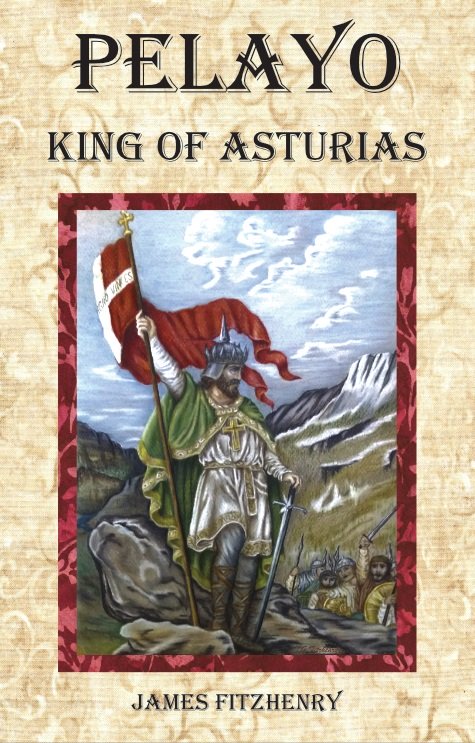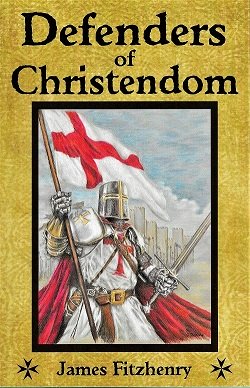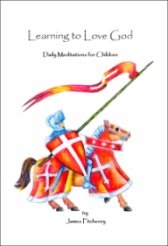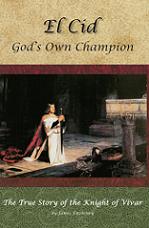Our Lady's Shroud
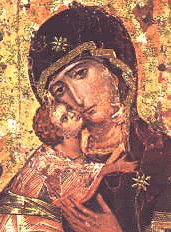
Our Lady’s Shroud & Tomb
January 25
The translation of the winding sheet of the Blessed Virgin Mary, or Our Ladys Shroud, from her tomb in Palestine to Constantinople, occurred during the fifth century, and its translation is commemorated on January 25.
In about the year 450, Marcion, the Eastern Roman Emperor, and the Empress Pulcheria, paid for the construction of a church that was located near a fountain of water that was believed to have healing powers. The church was at a place called Blachernae, which was a suburb in the northwestern section of Constantinople. Besides the spring already mentioned, there were a number of churches already built in the area, but the greatest of them would be the Church of St Mary of Blachernae.
When all was ready, the emperor sent a message to Juvenal, the first Orthodox Patriarch of Jerusalem, asking him to send the sacred remains of the Blessed Virgin Mary to them to be honored in the new church dedicated to Our Lady.
It is the tradition of the Church that Our Lady passed the remaining days of her life at Jerusalem, and it was commonly known that the tomb of the Blessed Virgin was located in Gethsemani. Juvenal delicately explained to the Emperor that the sacred body of the Blessed Virgin Mary had been assumed into heaven body and soul, so there were no bodily relics for him to send. He did, however, send a casket and the winding sheet, or shroud of Our Lady.
The emperor Leo I constructed a separate building near the church to house the holy reliquary which contained the mantle and robe of the Blessed Virgin Mary. Such a significant relic made the church an important sanctuary, and the Emperors enclosed the church behind a protective wall and began to build what became known as the imperial palace of Blachernae.
Our Ladys Shroud
There was also a famous icon of the Blessed Virgin kept at the church. Painted on wood, it is now known as the “Blachemitissa.” In 626 Constantinople was attacked by a combined army of Persians and Avars while the Emperor Heraclius was fighting the Persians in Mesopotamia. The Patriarch Sergius led a procession along the ramparts carrying the icon just mentioned. It was later learned that the fleet of the Avars was destroyed at sea, and that the Khan of the Avars had not attacked the city because he had been terrified at the sight of a young woman in armor adorned with jewels guarding the walls.
There were other occasions in which the Blessed Virgin was known to have given her protection to the Byzantines, such as the time when a Russian fleet was threatening to invade. The mantle of the Blessed Virgin, which was also being housed with the other relics, was dipped in the ocean while the people prayed for divine protection. A few days later the Russian fleet was destroyed.
The church of St Mary was destroyed by fire in 1070, but was later rebuilt. Eye-witnesses said the supporting columns were made of green Jasper, and that the capitals and bases were of gilded white marble. The church was destroyed by fire once again in 1434.
Return to Marian Calendar Page
Return to Roman Catholic Saints Homepage
NOW AVAILABLE!!
Pelayo's resistance initiated the nearly 800-year-long Reconquista to take back his country from the ruthless invader who had conquered his homeland and sought to erase his culture and his faith. His actions would lay the foundations of a Kingdom for Christ that would eventually reach around the world and spread the Catholic faith to millions of souls. Read more...
Please help us continue to bring high quality books to our readers at the lowest possible price! Click the link below! Thank you!
Now Available!
Defenders of Christendom
Battles - Honor - Miracles!
This book is filled with
amazing stories of little-known
Catholic heroes presenting
spectacles of bravery and
valor never exceeded in all the annals of history.
Demonstrating his
gallantry through daring feats
of arms, the knight's faith,
coupled with his marvelous
courage, made him nearly
invincible on the field
of battle.
read more . . .
Defenders of Christendom is
Learning to Love God
Especially for young children -
Now available as an e-book!
Available for only $2.99 US
as an ebook download.
Also available in Spanish!
The exciting life story of
the holy Catholic knight
known as El Cid!
Available for only
$22.95
The amazing life story of the
little known incorrupt saint
- King Fernando III!
This highly acclaimed book is
inspirational to young men
and a guide to building a strong
masculine, Catholic character!
Also available as softback!



